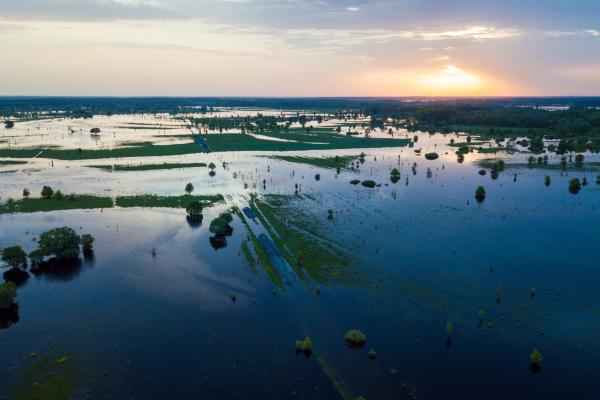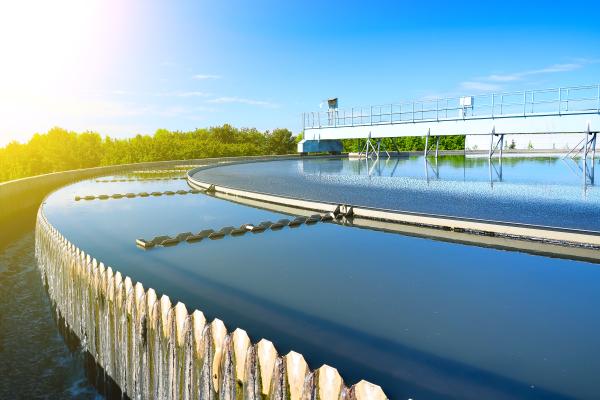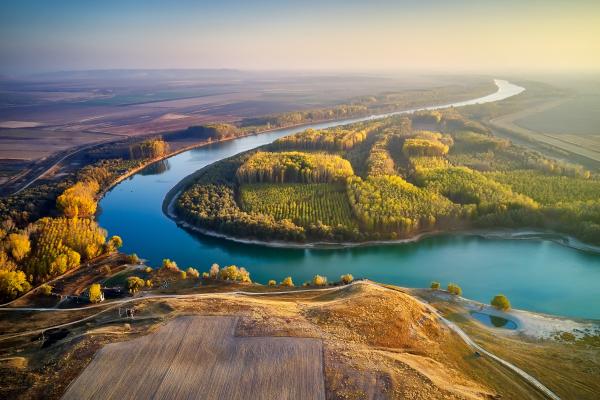Filter by
Science for Environment Policy - All News (125)
RSS
Issue 597: Bark beetle is a serious pest in temperate and boreal forests. New research pinpoints some of the factors that increase outbreak risk, especially in the context of more frequent droughts.

Issue 596: A new analysis suggests that while generally effective, flood and drought risk management strategies are usually not designed to cope with unprecedented events – which may increase with climate change.

Issue 596: Researchers say that application of a hybrid renewable energy system on a large Italian shipyard could pay for itself in 3.53 years and reduce air emissions in the construction phase, but incentives are needed to mitigate the financial

Issue 596: Installing offshore energy facilities is known to impact fish and mammals; this study reports that noise from drilling and pile driving can impair egg hatching and larval survival as well as damaging sensory tissues in common cuttlefish.

Issue 596: Research shows that commonly used chemicals – including caffeine, antibiotics and painkillers – all enter the environment. Levels in groundwater across the world highlight the need to assess the risk posed by these substances.

Issue 595: Less than half of the European rivers and streams are in good ecological health due to the multiple pressures from society.

Issue 595: How different are the environmental impacts of conventional buildings versus adaptable structures designed along circular principles? Researchers investigated two outwardly similar buildings through lifecycle assessment.

Issue 595: Modular design – where product parts can be replaced and upgraded – is a promising way of extending product lifetimes. However, to realise this potential, it is vital that people are willing to repair their devices. A new study has explored how modular smartphones promote user repairs.

Issue 594: More frequent river flooding is a climate hazard in Europe, threatening its road transport infrastructure.

Issue 594: Reconnecting cut-off water bodies and floodplains with the Danube River and its tributaries could aid nitrate removal and contribute to water quality improvements, shows a new large-scale modelling study.
